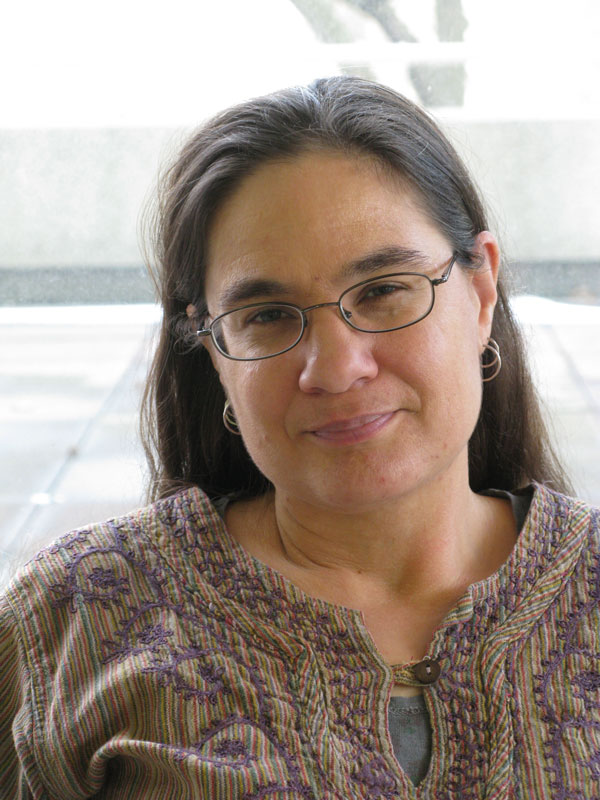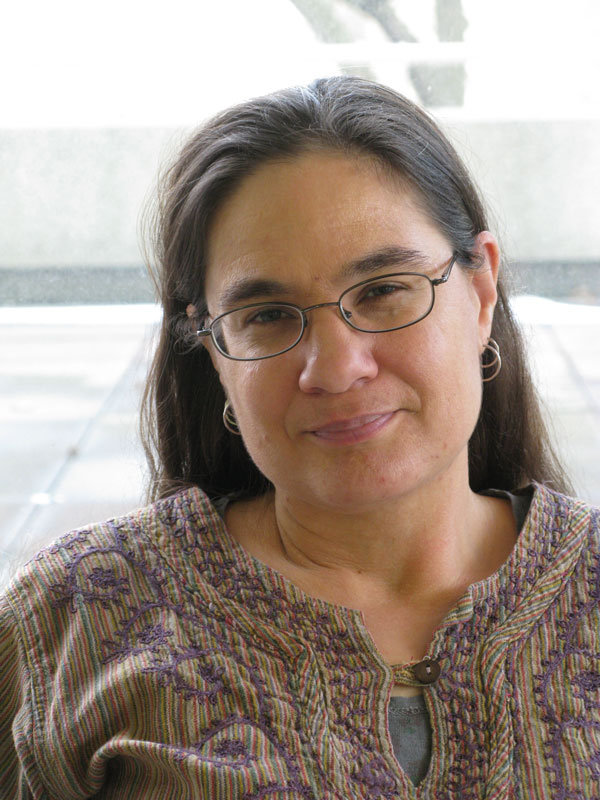By Lisa Nielson, Anisfield-Wolf SAGES Fellow
Lisa Nielson is the Anisfield-Wolf SAGES Fellow at Case Western Reserve University. She has a PhD in historical musicology, with a specialization in Women’s Studes, and teaches seminars on the harem, slavery and courtesans.
 In the fall of 2013, during the first week of my first-year college seminar, “Reading Social Justice: The Anisfield-Wolf Book Awards,” the students and I read Rita Dove’s haunting poem Trayvon, Redux.
In the fall of 2013, during the first week of my first-year college seminar, “Reading Social Justice: The Anisfield-Wolf Book Awards,” the students and I read Rita Dove’s haunting poem Trayvon, Redux.
As we discussed the poem and the killing of Trayvon Martin,one of the students stated, “Everyone is racist.” There was an immediate uproar. Perhaps I should have intervened, but I wanted to hear what the group had to say. Several students related startling stories of racial and gender discrimination, told casually because such experiences were almost routine: Being profiled at the airport. Placed “accidentally” into the remedial or honors class by high school teachers based on their ethnicity. Propositioned by strange men with “yellow fever.”
Others talked about stereotypes related to being bi-cultural or agonized about their privilege. Questions like “What kind of Asian are you?” and observations like “Your English is really good” were familiar to many. It was incredible to hear such honest reports of these young lives even as my heart was breaking.
I am obsessed with identity. What makes us who we are? How are those choices mediated by family, friends, and society at large? Growing up in an educated, activist family molded my politics towards social justice, yet the rootlessness of our lives also generated bone-deep fear. Where did I fit in the world? Like many Americans, I am a cultural and ethnic hybrid. I use my ambiguity purposefully in the classroom, as it is difficult to tell “what” I am. My mother is Egyptian and Finnish, adopted into a family that so violently denied their Jewish heritage, they changed their name and converted to a militant Christianity. My father is mostly of Norwegian extraction, raised partially in England and later Washington, DC by my linguist grandfather and activist grandmother. Which identity was appropriate? Who was my community?
Locating community, I have always believed, is a powerful avenue on the road to social change. We do not have to like or fully understand one another to build bridges, but we do need to have the blocks upon which to build. The books honored by the Anisfield-Wolf Book Awards become some of those blocks, made out of the interstitial places between communities. The prizes have been quietly establishing vital connections for nearly 80 years. As the Anisfield-Wolf Fellow to the SAGES (Seminar Approach to General Education Scholarship) program at Case Western Reserve University, I’ve had the privilege not only of being connected to the awards, but to engage questions of identity and change with talented and diverse students.
The classes I teach are related to my own research, including a course on the courtesan, the harem, and world slavery. In all my classes, we read widely, listen to music, discuss taxonomies of gender and sexualities, and confront racism, religious assumptions and social class. I ask the students to craft their own definitions for tolerance, acceptance, diversity, and gender; challenge them to see “discovery” and “progress” through different lenses. We use the board to map stereotypes that underscore our cultural fears and study the continued justifications for dehumanization, slavery, and racism.
Last year, I taught the first class at Case Western Reserve University focused on Anisfield-Wolf Book Award winning books and authors. It grew out of discussions and collaboration with Karen R. Long, manager of the Anisfield-Wolf Book Awards and Arthur Evenchik, who coordinates the Emerging Scholars program at CWRU. In this class, the students initiated the conversation about their identities and how society responds to difference. I had to fight my instinct to offer platitudes or attempt to shelter them.
The next time we met, I thanked them for their honesty and gave them some of my own. I affirmed that we live in a culture of institutionalized racism, sexism, classism and homophobia, and these systems color everything we do, think and see. We must confront the edifice of what Ta-Nehisi Coates recently (and rightfully) called the foundation of white supremacy in the United States, and, arguably, the world. We need to stop justifying our past, and instead bear witness and listen. If we could do so with compassion, respect and acceptance, even when we ourselves feel threatened or ashamed, then we will start to inhabit change. Using Anisfield-Wolf books as their workshop, that is precisely what the students created over the course of the semester. They instituted their own community of change.
When I am asked how I teach in this arena and why, I experience an acute sense of panic. There is no clear answer. Why do I teach things that keep me up at night? Because I am part of the system. I am culpable. And I’m absolutely furious that my young, brilliant students are regularly degraded by racism, sexism, religious intolerance and homophobia. What is different in my approach? Are my materials different? Do I use clever assignments or cutting edge technology? What I do is I stop talking. Every morning, before each class, group and meeting, every night, I tell myself: “Stop. Listen. It’s not you, it’s about them.” I try to hear the ideas and experiences of my students and meet them where they are in their lives.
Listening to my students, I find a generation that thinks creatively about politics, gender, race, sexualities. They consume music and media differently than I do and express themselves in new ways. Their desire for inclusion and capacity for acceptance astonishes me; they inspire me to think more fluidly about myself. They have changed me profoundly as a teacher and as a human being.
Edith Anisfield Wolf created the book awards to recognize literature dedicated to fostering conversations about tolerance and cultural acceptance. Through these books and my students, I am constantly working to hear what I think was her real message: Listen.

